Considering we all own clothes, knowing how to store them should be second nature. But have you ever taken a step back and really thought about how to store clothes? Probably not, unless you’re big into organisation.
Luckily, this article has you covered. Below, we’ll go over our top tips for how to store clothes, including what fibres to store where and what to do about seasonal or long-term storage.
This list of tips is written on the assumption that you have a spring/summer and autumn/winter wardrobe.
While it’s not a big deal if you don’t, this influences the types of fabrics and fibres you’re working with, and how long you need to store them for.
So, let’s discuss how to store clothes.
1. Understand Different Fabric Types
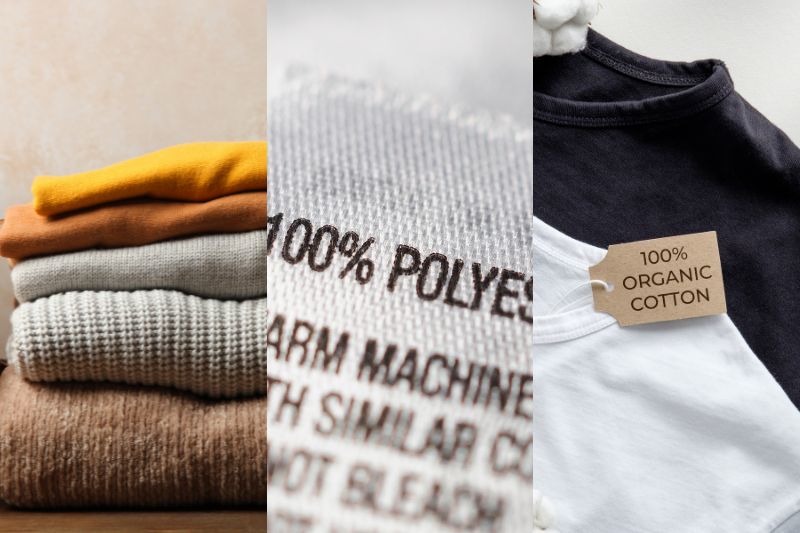
We don’t mean you should spend years studying textiles. Rather, figure out what kind of fabrics, fibres and weaves you’re working with to decide where and how is best to store them. Some examples include:
- Natural fibres (cotton and linen) crease more than synthetic fibres.
- Wool can stretch under its own weight.
- Pretty much all fabrics will smell musty if stored for too long.
These facts can (and should) influence how you store your clothes. We can use them to come up with some basic rules:
- Outwear and shirts should be stored hanging up in a wardrobe. Creases will be most obvious in these items, so prevent them as much as possible.
- Ideally, wools and knitwear should be stored folded in a drawer or on a shelf. This helps to prevent them from becoming stretched and misshapen.
- T-shirts are usually fine to be stored in a drawer, but you could always store cotton t-shirts hung up.
- It makes sense to store trousers folded in a drawer. While you can hang them up, it’s not a massively productive use of space.
If you’re short on space, make sure you prioritise folding knitwear over other tips. A misshapen wool sweater is more difficult to correct than a creased shirt, after all!
2. Don’t Iron Before Storing

Generally, it makes very little sense to iron clothes before storing them. Unless you’re incredibly careful with how you hang or fold items, they’ll usually take on creases during storage.
This can often lead you needing to iron them again before wearing them, effectively doubling your workload.
3. Moisturise Shoes Before Storing Them
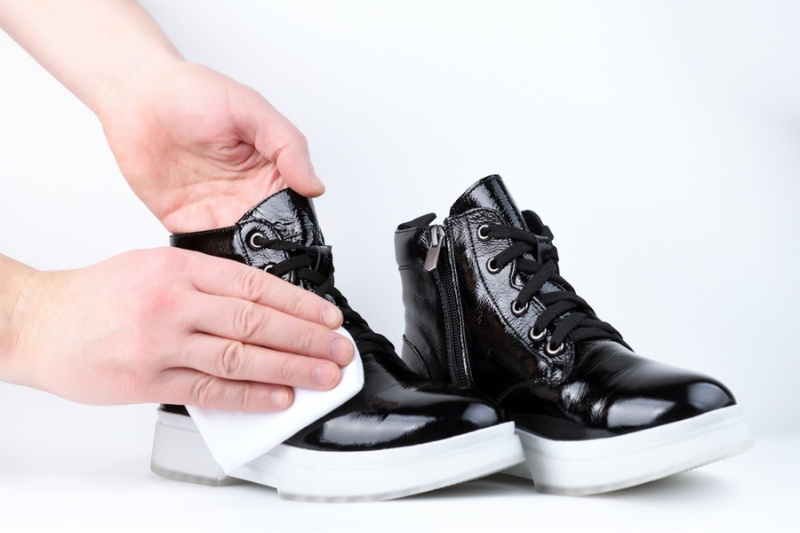
Storing shoes for too long without wearing them can cause them to dry out. Depending on what they’re made from, this can lead to the materials cracking and crumbling.
A good example are PU polymers, which are used for soles and uppers. The process of this drying out is called hydrolysis, and it’s impossible to repair.
The easiest way to overcome this issue is to moisturise your shoes before storage. A normal leather balm will be fine for any material, even synthetic ones.
It won’t soak in in the same way but will stop the surface from drying out. An obvious exception is fabric, which doesn’t need any conditioning.
Also, don’t store your shoes in the tissue paper they came in. This can suck moisture out of the materials, speeding up the drying process. A better option is fabric shoe bags, or even a plastic bag.
Either way, try to keep hold of your shoe boxes, as this makes them much easier to stack. Failing that, over-door shoe holders are the next best thing.
4. Don’t Use Vacuum Storage Bags
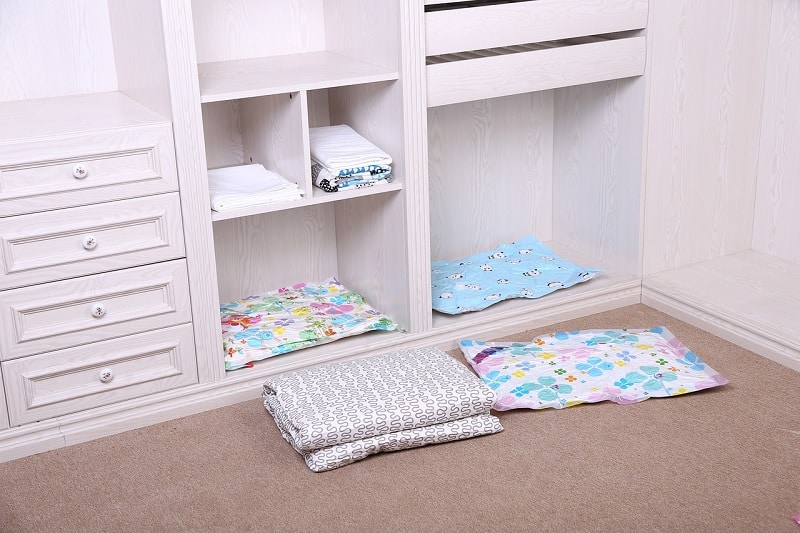
Vacuum storage bags can be great for bedding and towels, but it’s generally best to avoid them for storing seasonal clothes. Compressing fabrics long-term can lead to deformation and potential damage.
A better option is to use clear plastic storage containers. While they take up more room, they’ll be far kinder on your clothes in the long run. Simply label them and store them somewhere out of the way.
5. Protect Suits and Formal Wear

Keep your suits and formal wear in breathable storage bags to prevent them from getting dusty. If your suit didn’t come with a storage or travel bag, you can pick them up online for very little money.
At a push, you could use a black bin bag pulled over the suit. This shouldn’t be a long-term option, though, as it’ll impart that weird plastic smell into your clothes.
6. Choose the Right Hangers for the Job

Surprisingly, not all clothes hangers are created equal. Some are far better than others for specific fabrics and clothing items. That said, wooden hangers are the best all-rounders for shirts, t-shirts, etc.
There are a few exceptions that should have dedicated hangers:
- Delicate fabrics, such as silk, should be stored on flocked or velvet hangers.
- Suits should be stored on hangers (plastic or wooden) with contoured shoulders to maintain the jacket’s shape. It should also have a felted bar for storing the trousers.
- Similarly, coats need large, contoured hangers, just without the trouser bar.
- Blouses and tank tops should be stored on plastic hangers that either have rubber ends or small hooks. You can use these for hanging loops or to keep tank tops in place.
7. Store Seasonal Accessories Together
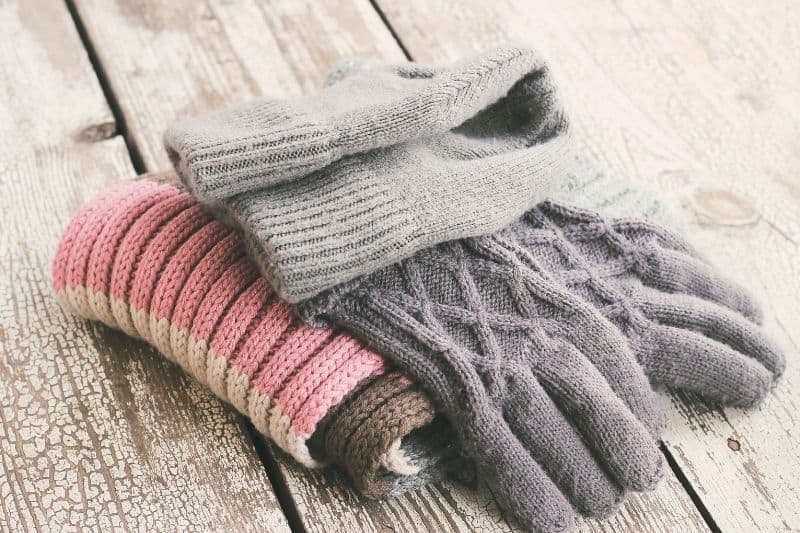
We can’t forget about accessories. Whether winter scarves and hats or summer sunglasses, you should aim to store seasonal accessories together for easy access.
Again, make use of clear storage boxes, although you should be fine to store knitted hats and scarves in vacuum bags.
Silk scarves, ties and similar accessories can be stored hung up. This can be a good way to make use of spare space in your wardrobe, but they’re just as easy to fold up in a drawer instead.
8. Always Wash Clothes Before Storage

Regardless of whether you’re storing everyday wear or putting your winter coats away for the summer, you should make sure everything is washed first.
This is mainly so it’s pretty much ready to wear when you want it, but it also keeps things fresher during storage and means you don’t have to worry about introducing grime into your wardrobe.
An obvious exception to this is items that are dry-clean only. For these, allow them to air out before storing away, and keep them in suit storage bags when not in use.
9. Think About Your Storage Location

Clothes should be stored out of direct sunlight to minimise the risk of bleaching. Ideally, they should also be kept in an area with a relative humidity of 50% or less.
This can sometimes be difficult, especially if your clothes are kept in your bedroom.
You can get around this by using disposable dehumidifiers in your wardrobe or by regularly opening the doors to let them air out.
Both options help reduce musty smells, although proper airflow is always the better option for this.
10. Clean Your Storage Spaces
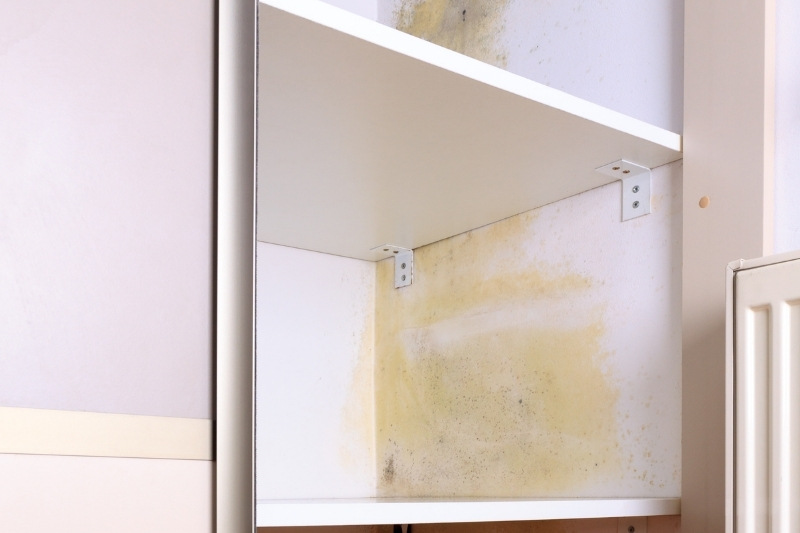
Another thing that’s easy to overlook is the cleanliness of your storage spaces. Clothes shed fibres, even when they’re jostled around in your wardrobe or drawer.
As such, it’s worth cleaning everything out at least once a year, giving your storage locations a hoover and a dust.
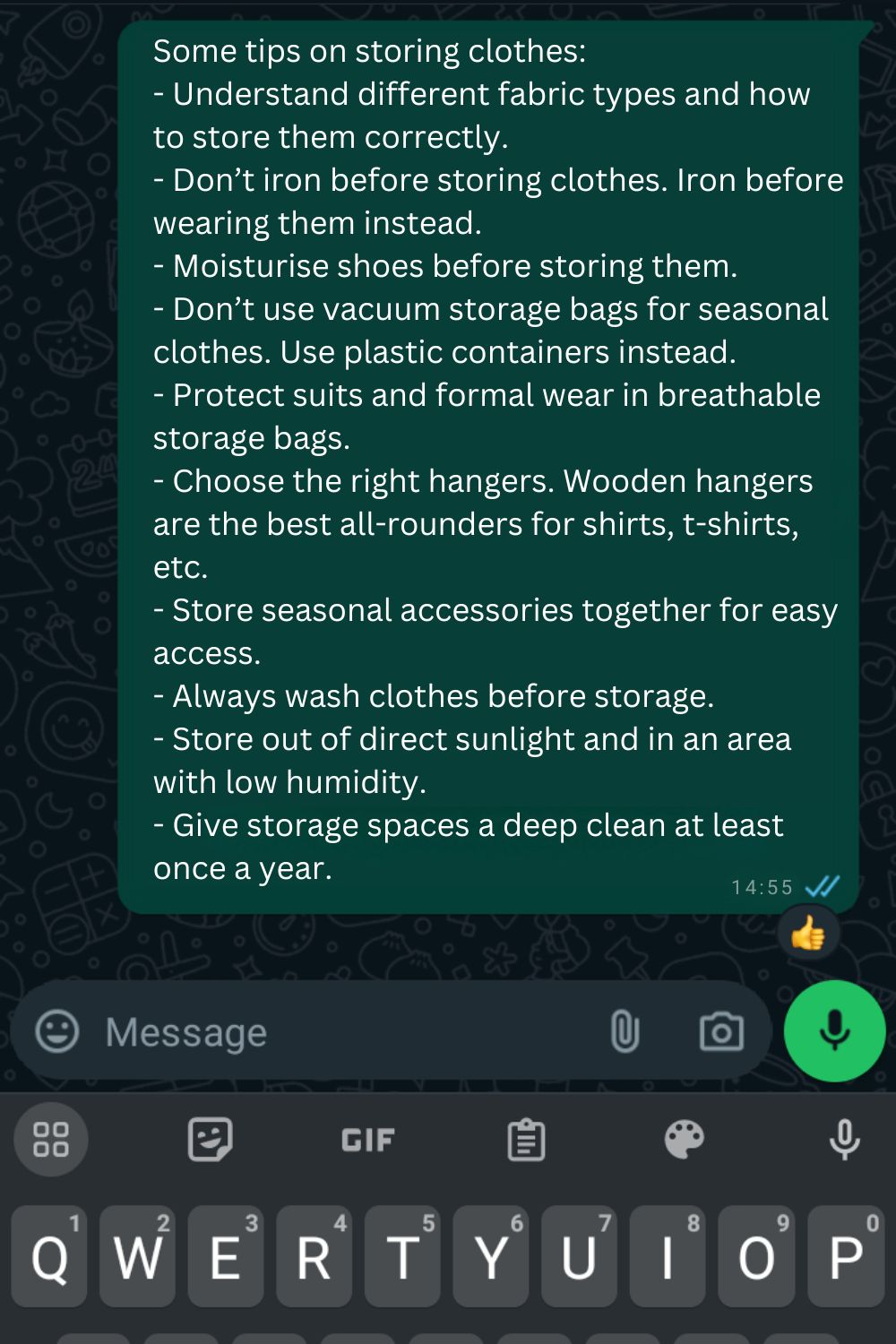
Final Thoughts
Knowing how to store clothes properly will help them last a lot longer. The bottom line is to make sure everything is as clean as possible before being put away, and that you think about how the fabric will act when not worn for a while.
Provided you follow these basic tips, your clothes should always be pretty much ready to wear when you need them.

Jacob is a writer based in Wales, where he lives with his partner and two dogs. All his work is fuelled by extensive research and buckets of coffee.






